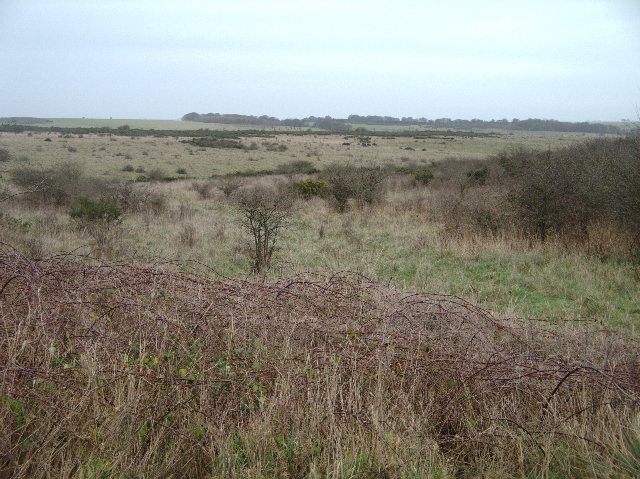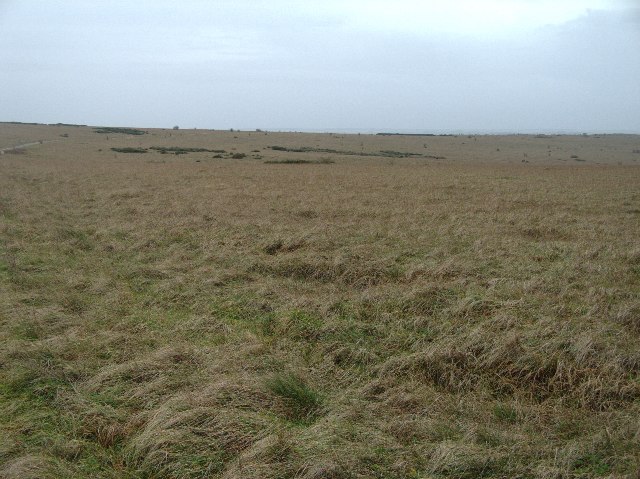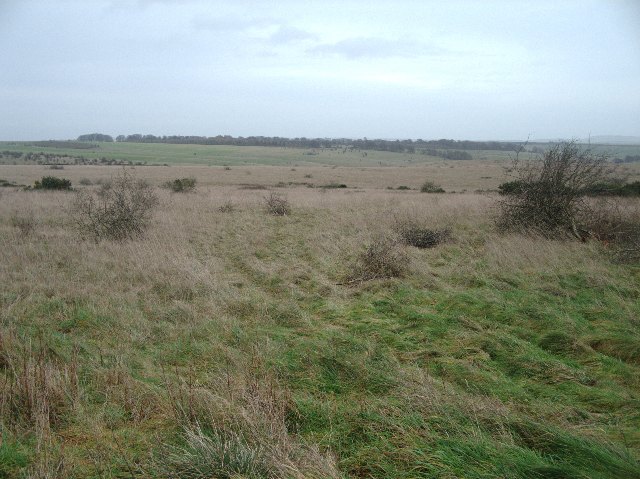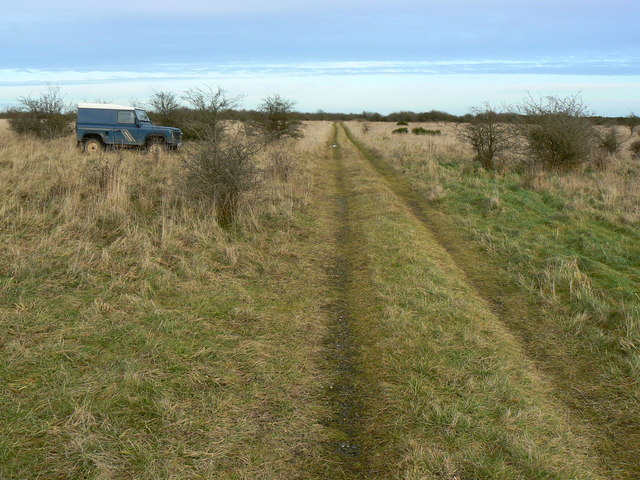Long Ditch
Heritage Site in Wiltshire
England
Long Ditch

Long Ditch, located in Wiltshire, England, is a significant heritage site with a rich history dating back to the Iron Age. This ancient earthwork, also known as a linear dyke, stretches for approximately four miles (6.4 kilometers) across the landscape, making it one of the longest and most well-preserved examples of its kind in the country.
Thought to have been constructed during the late Bronze Age or early Iron Age, Long Ditch is believed to have served as a defensive structure, possibly acting as a boundary or fortification. The earthwork consists of a deep ditch, measuring up to 20 feet (6 meters) wide and 8 feet (2.4 meters) deep, and an accompanying bank. The bank stands about 10 feet (3 meters) high and runs parallel to the ditch, creating a formidable barrier.
Over the centuries, Long Ditch has witnessed various uses and adaptations. During the Roman period, it is thought to have been repurposed as a territorial boundary or a trackway. In more recent times, it has been utilized for agricultural purposes, with traces of plowing visible along its length.
The site is of great archaeological significance, providing insights into prehistoric settlement patterns and defensive strategies. It offers a unique opportunity to study the construction techniques and engineering skills of the ancient inhabitants. Moreover, Long Ditch's location within the wider landscape adds to its cultural and historical importance, as it provides a link to other nearby ancient sites and monuments.
Today, Long Ditch is recognized as a Scheduled Ancient Monument, ensuring its protection and preservation for future generations. It is open to the public, allowing visitors to explore and appreciate its historical significance, as well as enjoy the breathtaking views of the surrounding countryside.
If you have any feedback on the listing, please let us know in the comments section below.
Long Ditch Images
Images are sourced within 2km of 51.28/-1.892 or Grid Reference SU0753. Thanks to Geograph Open Source API. All images are credited.



Long Ditch is located at Grid Ref: SU0753 (Lat: 51.28, Lng: -1.892)
What 3 Words
///escalates.delved.neater. Near Wilsford, Wiltshire
Nearby Locations
Related Wikis
Wiltshire
Wiltshire (; abbreviated to Wilts) is a ceremonial county in South West England. It borders Gloucestershire to the north and the north-west, Oxfordshire...
Casterley Camp
Casterley Camp is the site of an Iron Age univallate hillfort in Wiltshire, England, about 1+1⁄2 miles (2.4 km) south-west of the village of Upavon. The...
Chirton
Chirton is a village and civil parish in Wiltshire, England, on the southern edge of the Vale of Pewsey about 5 miles (8 km) south-east of Devizes. The...
Wilsford Henge
Wilsford Henge is the site of a Neolithic henge, west of the village of Wilsford, Wiltshire in the United Kingdom (grid reference SU09305732). The site...
Have you been to Long Ditch?
Leave your review of Long Ditch below (or comments, questions and feedback).


















